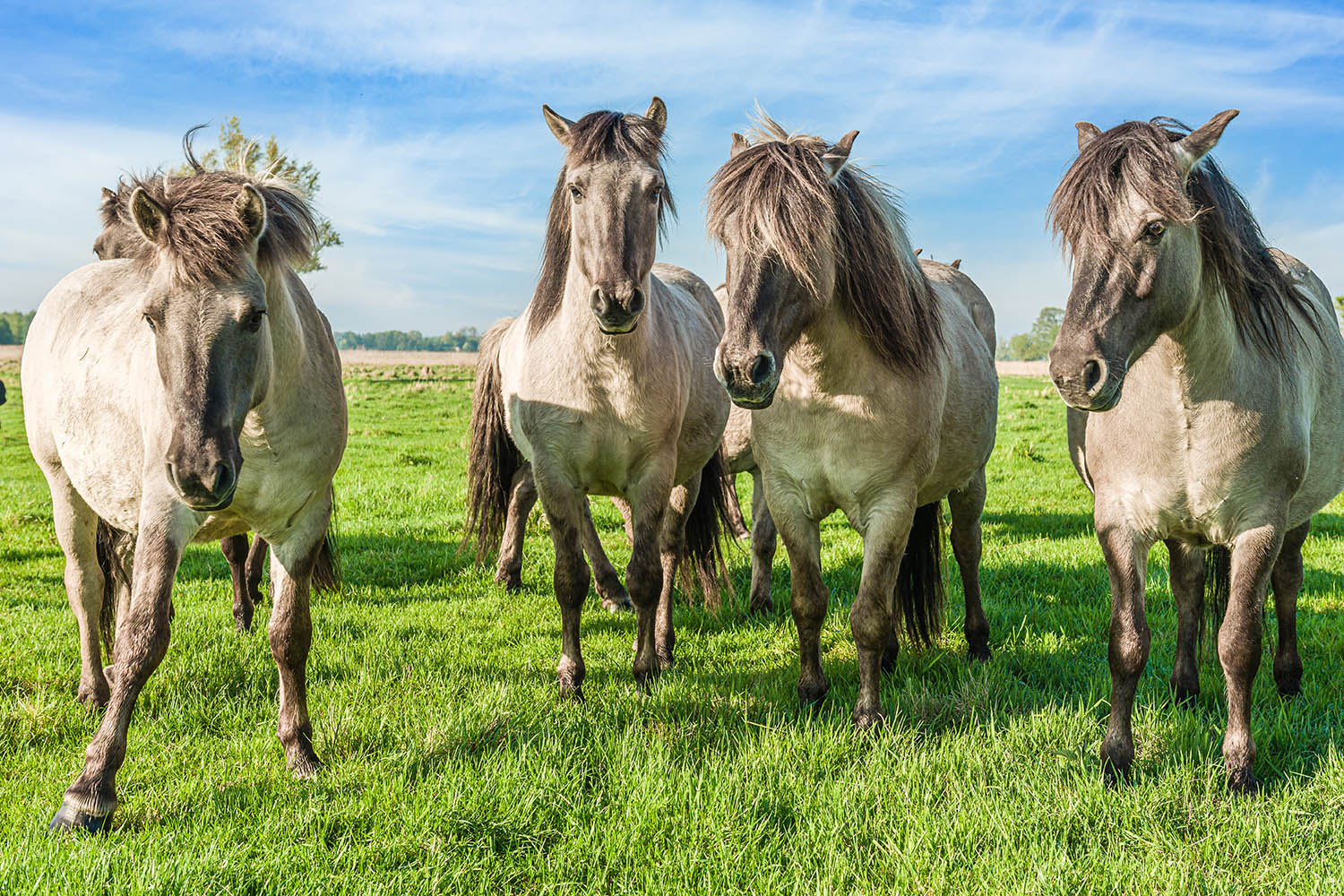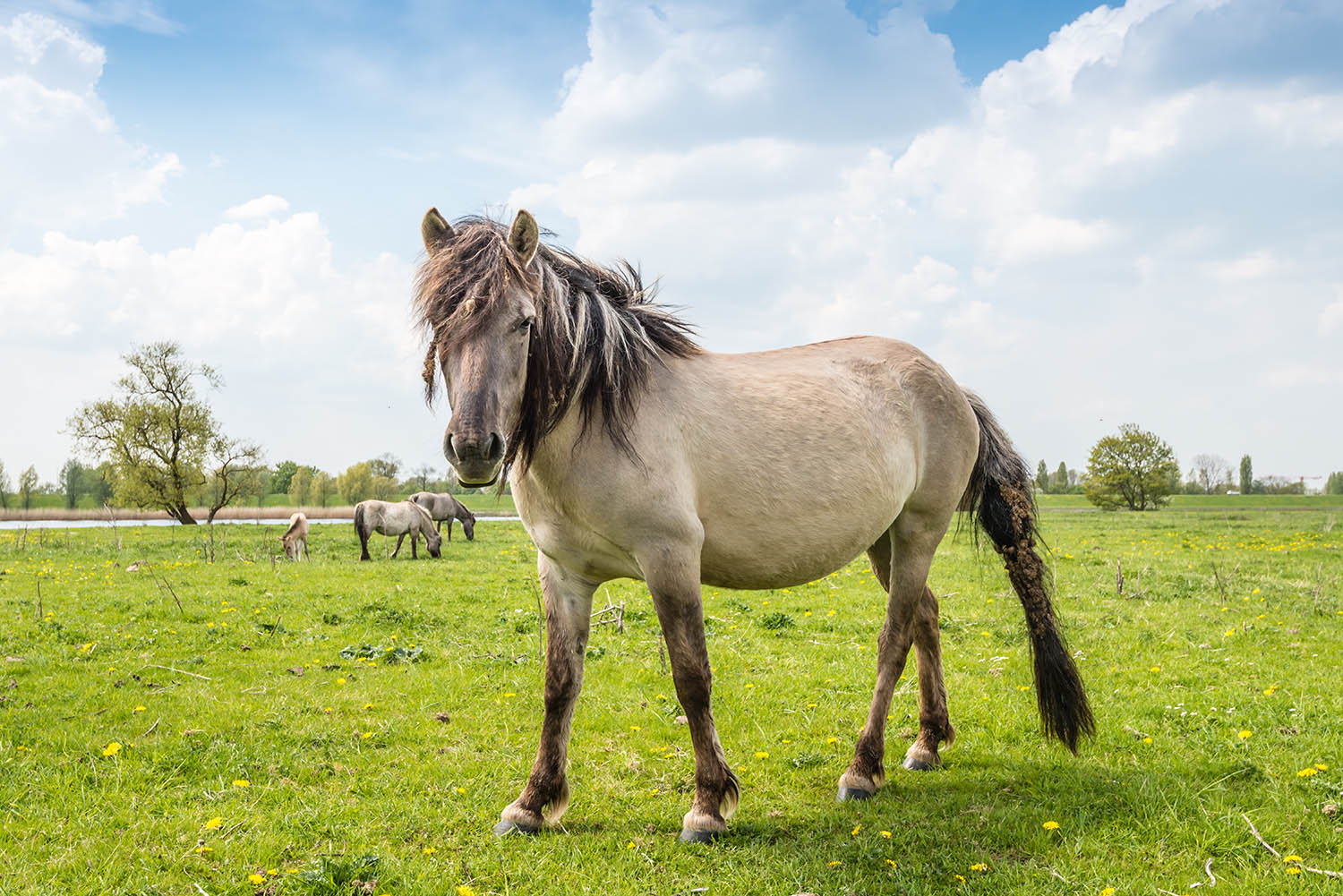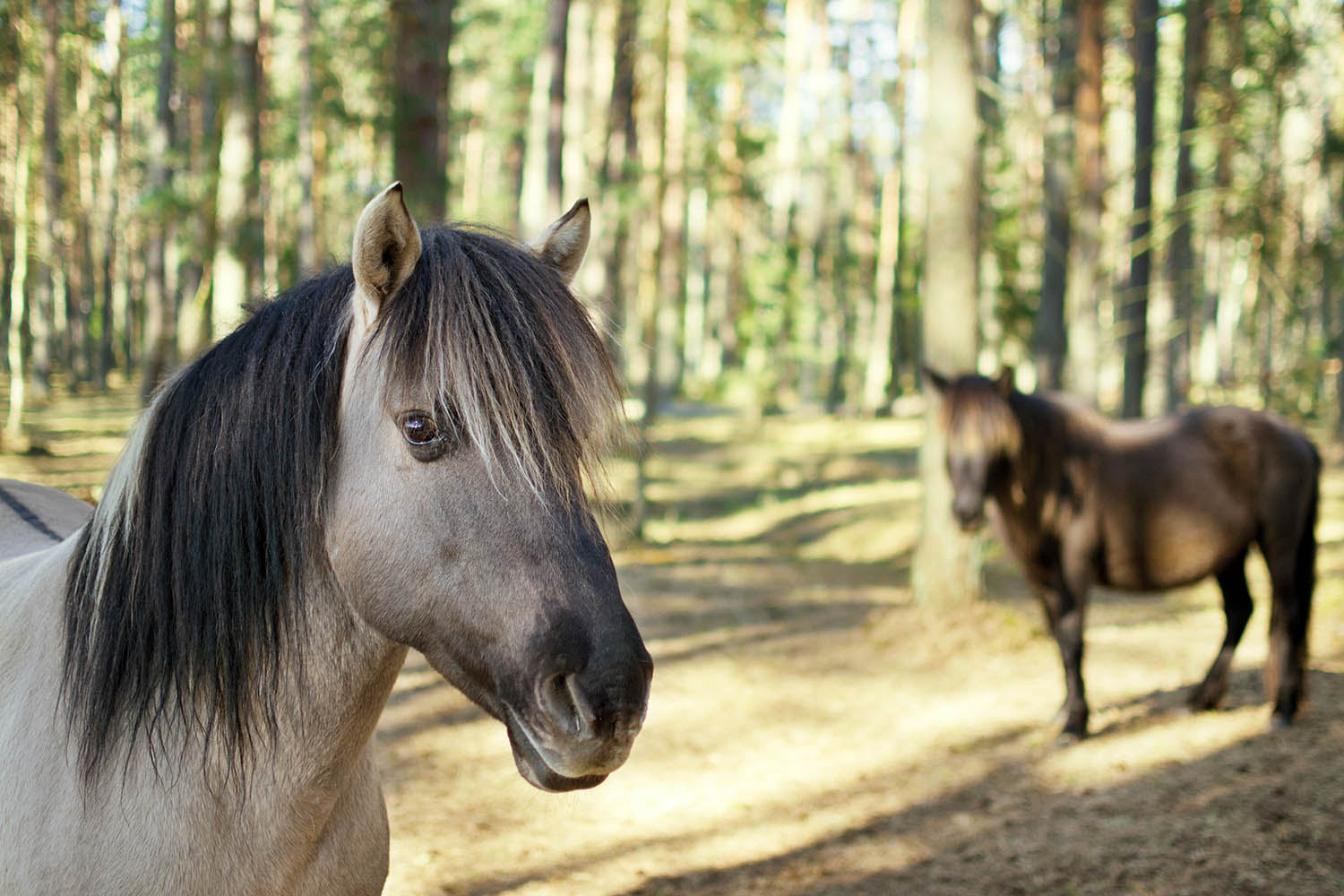Mennyiség
Összesen

Vásárlás folytatása Vissza a kosárhoz
Menu
- Nyergek>
- Összes termék: Nyergek
- Díjlovas nyergek
- Dressage saddles available off-the-shelf
- Used dressage saddles
- Ugrónyergek
- Jumping saddles available off-the-shelf
- Used jumping saddles
- Távlovas nyergek
- Univerzális nyergek
- Póni nyeregek
- Nyergek gyermekek számára
- Hippoterápiás nyergek
- Military nyergek
- Nyeregtakarók
- Nyeregemelők
- Prestige nyergek
- Used saddles
- Saddles available off-the-shelf
- Prestige Italia AS-X saddles
- Lovasnak>
- Összes termék: Lovasnak
- Összes termék: Lovaglónadrágok
- Női lovaglónadrágok
- Férfi lovaglónadrágok
- Lovagló leggingsek
- Teli ülepes lovaglónadrágok
- Térdfoltos lovaglónadrágok
- Szilikonos lovaglónadrágok
- Téli lovaglónadrágok
- Pikeur lovaglónadrágok
- Equiline lovaglónadrágok
- HKM lovaglónadrágok
- Spooks lovaglónadrágok
- Samshield lovaglónadrágok
- Horze nadrág
- Csizmaszárak, chapsek
- Lovas biztonsági mellények
- Lovaglódzsekik
- Lovaglózoknik
- Lovaglópálcák, ostorok
- Jazda konna
- Lónak>
- Összes termék: Lónak
- Fülvédők
- Kengyelek
- Kengyelszíjak
- Patkósarkok
- Vezetőszárak
- Lónyírógépek
- NOWOŚCI
- Összes termék: Kollekciók
- Összes termék: Wyprzedaże
- Animo Tél 2024
- Eskadron Platinum 2024
- Pikeur Tél 2024
- Kingsland Tél 2024
- Eskadron Dynamic 2024
- Animo Nyár 2024
- Kingsland Nyár 2024
- Eskadron Classic Sports 2024
- Pikeur Nyár 2024
- Horze Nyár 2024
- HKM Nyár 2024
- Eskadron Heritage 2023
- Horze Tél 2023/24
- Animo Tél 2023
- Equiline Tél 2023
- Kingsland Tél Update 2023
- Pikeur Tél 2023/24
- Kingsland Tél 2023
- Kingsland Dressage Tél 2023
- Eskadron Platinum 2023/24
- Eskadron Platinum Pure 2023
- HKM Tél 2023/24
- Eskadron Reflexx 2023
- Samshield Nyár 2023
- Eskadron Essence Winter 2022/23
- Vestrum Nyár 2023
- Anna Scarpati Nyári 2023
- Animo Nyári 2023
- Pikeur Nyári 2023
- Equiline Nyár 2023
- Kingsland Nyár Update 2023
- Kingsland Dressage Nyári 2023
- Kingsland Nyár 2023
- Horze Nyár 2023
- Spooks Nyári 2023
- HKM Nyár 2023
- Eskadron Platinum 2022
- Spooks Tél 2022/23
- Horze Tél 2022/23
- Vestrum Tél 2022/23
- Anna Scarpati Zima 2022/23
- Animo Winter 2022/23
- Equiline Tél 2022/23
- Samshield Tél 2022/23
- Kingsland Dressage Winter 2022/23
- Kingsland Tél Update 2022/23
- Kingsland Winter 2022/23
- Pikeur Winter 2022/23
- HKM Fall 2022
- Samshield Summer 2022
- Eskadron Heritage 2021/22
- Eskadron Classic Sports Summer 2022
- Animo Summer 2022
- Equiline Summer 2022
- Kingsland Lato 2022
- Vestrum Summer 2022
- Kingsland Dressage Summer 2022
- Kingsland Summer Update 2022
- Horze Summer 2022
- Samshield Zima 2021/22
- Equestrian Fanatics Zima 2021/22
- Equiline Logo 2021
- Zima Update 2021/22
- Pikeur Zima 2021/22
- Animo Zima 2021/22
- Pikeur Lato 2022
- Samshield Lato 2021
- Animo Lato 2021
- Horze Lato 2021
- Eqode
- HKM>
- Brands>
- Absorbine
- Acavallo
- Adamsbro
- Animo
- Anna Scarpati
- Black Horse
- Bucas
- Busse
- B Vertigo
- Cambio
- Casco
- Ceecoach
- Comodo
- Dainese
- Doctor Horse
- Elt
- Eqode
- Equiline
- Equishop
- Eskadron
- Freejump
- Hippica
- Heiniger
- Hepp
- HKM
- Horze
- Keralit
- Kingsland
- Likit
- Limo Bits
- LPC
- Magic Brush
- Makebe
- Mattes
- Moel
- Over Horse
- Pavo
- Petrie
- Pikeur
- Prestige Italia
- Renaissance
- Rubin Royal
- Roeckl
- RSL
- Samshield
- Sergio Grasso
- Spooks
- Torpol
- True Rider
- Uvex
- Vestrum
- Veredus
- Wildhorn
- Wintec
- Wintec Lite
- PROMOCJE






